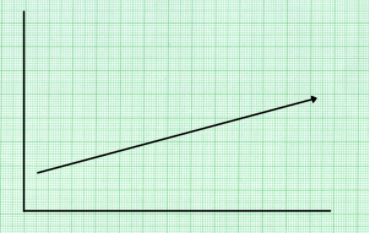Let's go walk about!
Walking is a great way to see the world and a wonderful way to exercise. It can be done socially, as a mode of travel and you can really get a good sweat up if you push it hard enough. As a form of aerobic exercise, walking can be great for improving cardiovascular health, brain health and can even help with improving function and symptoms with many painful conditions such as back pain and osteoarthritis of the hip and knee.
Another great aspect about walking is accessibility. Almost anyone of any ability can walk. Science and engineering are even enabling amputees to walk with robotics. Another positive is that you don’t need lots of equipment and walking can be done anywhere.
Now, most people walk in some capacity but maybe you want to start walking more consistently during your week. If so then keep reading. In this article, we are going to walk you through simple principles which will help you reduce the risk of injury and keep you consistent with your walking.
PRINCIPLES TO REMEMBER
Walking as a form of exercise has a very low risk of injury however we think following some simple principles will be effective in reducing the risk of injury and soreness and setting yourself up for success when it comes to forming good exercise habits. These principles are important for someone just beginning a walking program but are also applicable for an avid walker.
- Start low, go slow
Start your walking at a manageable level. This will depend on your current fitness level. The most important thing is not to rush out of the starting blocks too quickly, doing too much too soon. Remember, habit formation is the goal.
Example: Find a manageable daily walking volume for you, let’s say this is 20 minutes. If you have managed 20 minutes daily for a week, increase your daily walking to 25 minutes. If you are tolerating this volume well, then increase your daily walking by another five minutes. Slow progression will reduce injury risk and give your body time to adapt.
- Modify your walking to deal with injury and pain
It is important to note that walking has a very low risk of injury but maybe you are an overzealous type and have shot out of the gates at a million miles an hour, doing too much too soon. Consequently, you may have some pain in your feet, hip or knees. If this happens, don’t panic.
Example: Perhaps you have been sedentary for the past few months and suddenly started walking 30 minutes daily. Maybe you ended up with some pain under the heel and now it hurts to walk for more than 15 minutes. The best course of action is to reduce walking to a tolerable amount, say 15 minutes daily. Let symptoms ease and then slowly increase daily walking minutes. You could even substitute in a bike ride or swim every other day while your foot settles. The point is, a modification will always be better than completely stopping.
- Keep it frequent
When first starting a new form of exercise it is important not to do too much too soon as discussed above. A good way to counteract this temptation is by doing smaller bouts of walking, more frequently.
Example: Rather than doing 2 x 60-minute walks per week, try breaking that up and doing 4 x 30-minute walks. This allows you to gauge whether your body is handling the amount of walking, plus it helps with habit formation. 
- Mix it up
As the saying goes, ‘variety is the spice of life’, which can be true when it comes to walking. So to keep yourself interested, mix up the terrain, location, and speed with which you walk. This will be good for keeping you interested in your walking program but it will also expose your body to different levels of physical stress, making you more resilient.
Example: Walk a bush trail instead of the local streets, tackle the biggest set of stairs in town half a dozen times, or try a shorter, sharper hill walking session instead of a longer flat walk.
A quick note on footwear…
We get a lot of questions asking what the best type of footwear is for walking. Put simply, the best footwear is that which you are most comfortable walking with and have adapted to. If you are comfortable walking with minimalist shoes without much cushioning, then that is fine. If you need some shoes with more cushioning, that is also fine. One exception may be bushwalking in a nice pair of stilettos… but then again, you will look fabulous!

I hope you found this article informative and hopefully by now you have a better understanding of how to start your very own walking program. Let’s walk our way to a healthier, more active you!


